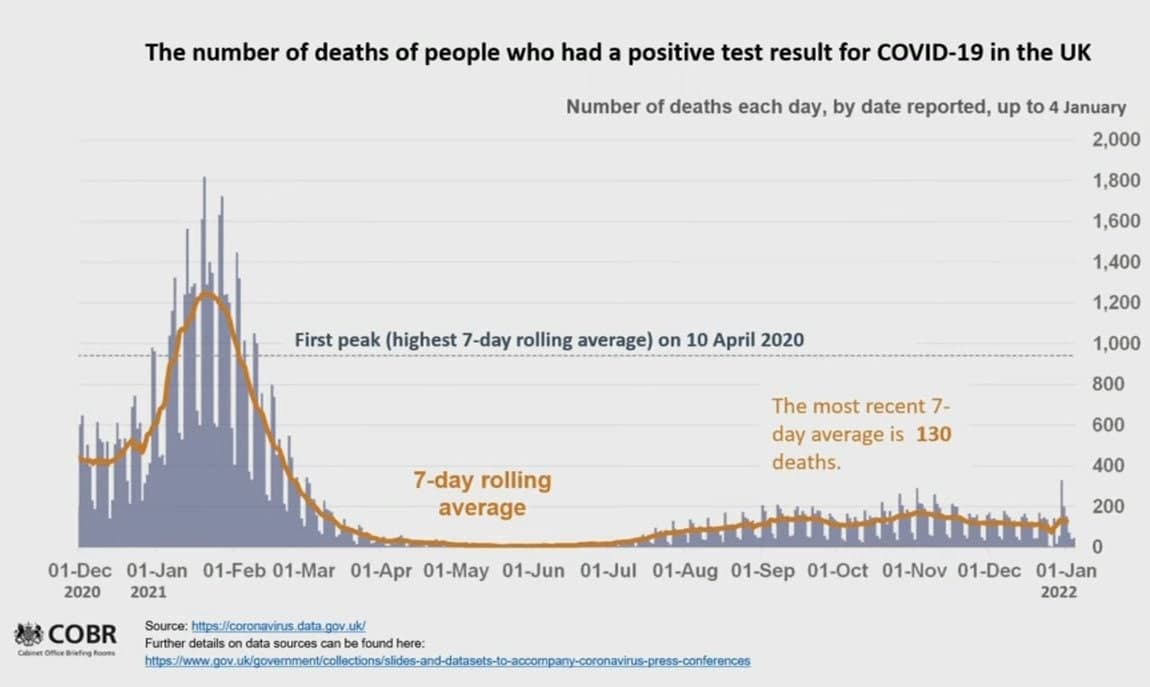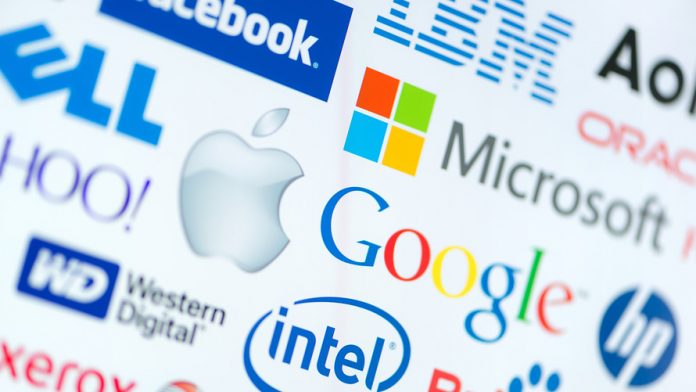Stocks opened higher this morning, touching new all-time highs before reversing several hours later. Through noon, the Dow enjoyed a modest gain while the tech-heavy Nasdaq Composite plunged. The S&P fell slightly as a result.
Among the biggest losers of the day were some of last year’s largest overachievers: growth-hungry tech stocks. Semiconductor companies, for example, fell across the board in response to rising yields. The 10-year Treasury yield jumped to 1.684% this morning, hitting its highest level since May 2021.
Growth stocks want rates to stay low because they require large amounts of debt to grow. If rates fall, that debt becomes cheaper and profit margins widen. The opposite happens when yields climb.
That’s why the Nasdaq Composite tends to throw a fit whenever yields spike to landmark highs. Yields have gone up in tandem with tech stocks in the past, of course, but whenever an unexpected jolt to new highs is made, tech bulls are typically left feeling worse for wear in the short term.
Conversely, bank stocks often enjoy rising rates (via a steeper yield curve) and will move counter to tech during yield surges. That’s exactly what happened this morning as JPMorgan Chase (NYSE: JPM) climbed alongside insurers like American International Group (NYSE: AIG). Almost all financials saw a major boost after trading opened.
Industrials did well, too, and oil stocks erupted higher on increased oil prices. The United States Oil Fund (NYSE: USO), which tracks US oil futures, touched a new 1-month high.
This is the kind of stuff that analysts expected to happen at the end of the pandemic. And, with Omicron spreading like wildfire, that narrative might not seem to make much sense at the moment.
But the Omicron variant isn’t leading to very many hospitalizations or deaths. The UK published data confirming that earlier this morning.

And that could cause central banks to make more hawkish shifts earlier than anticipated. Still, plenty of analysts believe post-pandemic optimism could see the major indexes rise through any rate hike-driven fears.
“We believe there is further upside for stocks, despite a strong run so far,” wrote JPMorgan strategists.
“The new variant is proving to be milder than the prior ones. We continue to see gains for earnings, and believe that consensus projections for 2022 will again prove too low.”
Goldman Sachs predicted that the S&P would climb another 7% in 2022, well below the index’s 27% gain last year. Royce Investments co-CIO Francis Gannon feels similarly about the market’s destiny.
“You’re going to see more muted returns in the market this year,” Gannon said.
“But I do think that small caps have an edge here over their large-cap brethren just because of the fact that you’re going to see very strong earnings growth.”
Short-term, though, another “melt-up” rally could be on its way if the S&P can clear resistance at 4,800.
Keep in mind that last year, the market made more new all-time highs than the entire ‘70s and 2000s combined. Bulls wielded market momentum like a wrecking ball, smashing through each barrier of resistance with ease.
And unless something changes soon, that momentum should continue to carry the market to even higher highs in the coming weeks as the “January Effect” takes hold once more.








